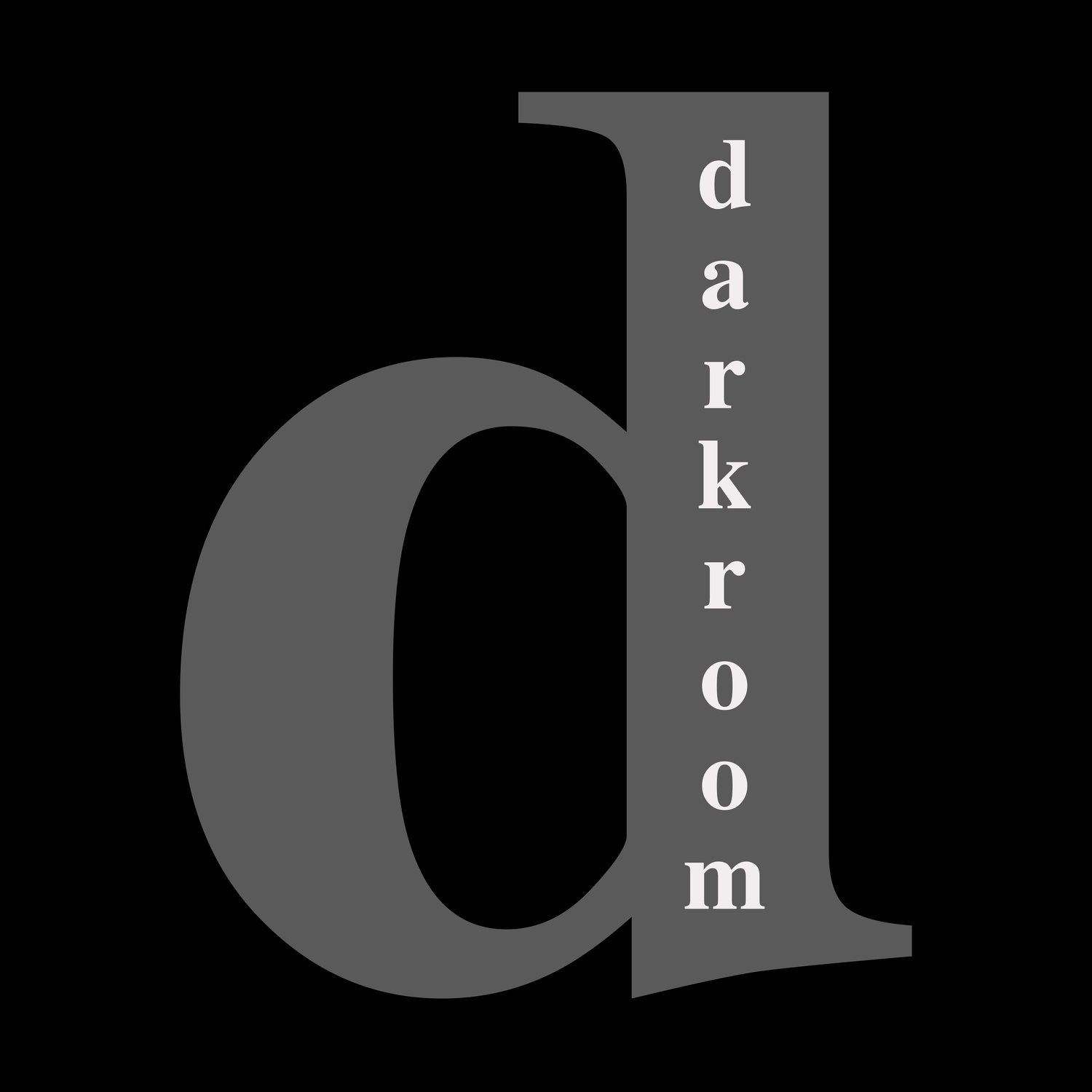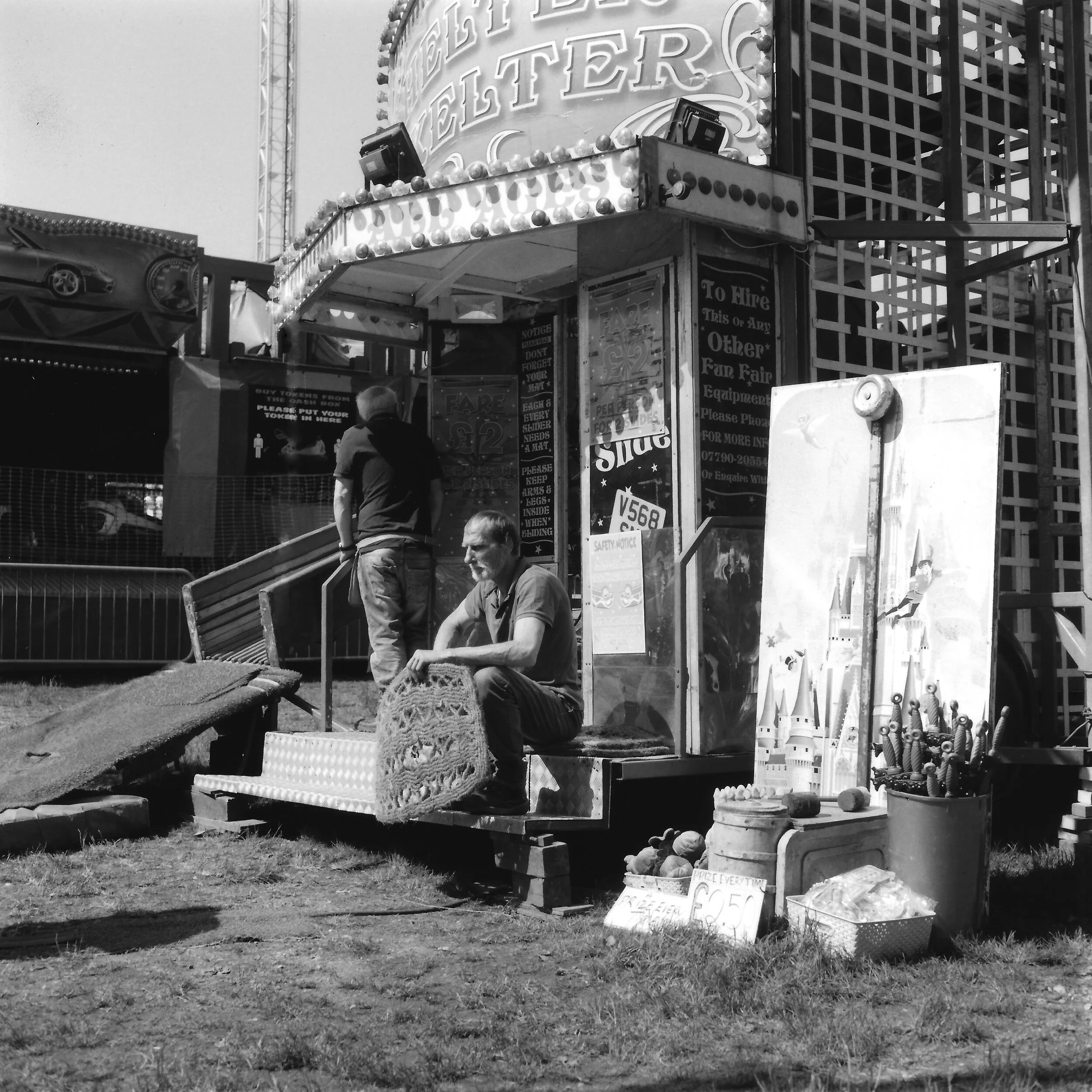Movies are not square. Cartoons are not square. Magazines are not square. Postcards are not square.
Since childhood (I’m 33) I had resisted the photographic coffee-coaster ratio. It didn’t make sense to me. However, over the last few years of my photographic life I have discovered and fallen for Robert Adams, Larry Fink, Gerry Johansson…among others…who all found total harmony in the square. One night, when I couldn’t sleep, I went through a load of my own favourite photos and cropped them into squares, just to see what effect it would have on them. It was a sobering experience. I would genuinely say 80% of them worked better as squares. It was a total revelation, and the evangelism of Larry Fink in his great Aperture book ‘On Composition and Improvisation’ where he talks about the powerful visual maths of a square really hit home.
So, I decided it was time to step out of my rectangular comfort zone. Plus, a friend had said to me I ought to try a TLR. I’m not a photographer who loves putting my camera in a stranger’s face, but I do like to photograph strangers from time to time, so the arguably more surreptitious DNA of a camera fired from the solar plexus ticked boxes. I found myself a Minolta Autcord (Japan’s bank-account friendly alternative to a Rolleiflex) in good condition. I love hidden gems of the camera world, and this is one of them. It’s ergonomically pleasing to use, and has a wonderfully sharp 75mm Rokor lens.
After several years only shooting 35mm, I knew going back to medium format - 12 shots on a roll - would slow me down, and really change again the way I make work. And it has. There is a deliberateness to using this camera. If my little 35mm rangefinder is a pistol, then this is a rifle.
I think I put about 25 rolls through the Autocord before this trip to a travelling funfair, so whilst I am by no means fluent with it, I wasn't a fumbling fool. I can change film in about 45-seconds if needed, and I know by feel where 15-feet is on the focus tab. Having said all that, I’m never going to be a ninja with this thing. That’s not the point. I can be discrete with it, yes, but it will still take twice as long to compose, adjust speeds or aperture, then advance the film, as it would with almost any 35mm camera. But as I said above…that’s kind of the point. Slow. Slow.
At the fairground nobody seemed to pay too much attention to me during my couple of hours dawdling around. Which I loved. Some people argue that for covert photography you need a really discrete camera. I would argue the opposite, and think my older cameras, so obviously archaic, and almost just affectations, mean that people don't for a moment take them seriously. The most common remarks I get with the Autocord are “Does that thing work?” or “Can you still get film for that?” or “God, I remember those things.” People don’t take me seriously. Which is perfect.
All the photos were taken on Foma 200 film, which I deliberately overdevelop in Rodinal 1.25 at home. I’ve found it to be a wonderful film, available for half the price of Kodak’s offerings. It does take some careful handling as the emulsion is very sensitive. You need to be careful not to shock it with liquids of widely varying temperatures. But the film prints wonderfully. I make work prints on resin paper at Darkroom, and have crudely scanned these prints to show here.
The full article including more info on the camera and developing process is available to read here >>>
Charles’s Instagram: www.instagram.com/charlescavephoto
Website: www.charlescave.com









